Immediately after the accident, nearby colleagues rushed to the scene, temporarily bandaged his wound and quickly took him to Xuyen A General Hospital for emergency treatment. Mr. B. was admitted to the hospital with pain in his arm and forearm, dizziness, and exhaustion due to heavy blood loss.
Through initial examination, doctors assessed that the lower third of the right forearm was severed, with only a portion of skin remaining on the inside of the forearm, the injury located at the transition zone between the tendon and muscle. Doctors quickly resuscitated the patient for blood loss, took X-rays, and transferred the patient to the emergency operating room for microsurgery to reattach the forearm.
Race against time to reattach patient's forearm
During surgery, through wound exploration, doctors noted that the patient had an open fracture of the distal end of the radius and ulnar styloid process, accompanied by wrist dislocation and almost complete rupture of the wrist extensor tendon system, with a high risk of infection.
In cases of amputated limbs, time is the key factor in determining the success of the surgery, because with each passing minute, the ability to save tissue and blood vessels decreases. Therefore, the priority at this time is to quickly suture to restore important tissues such as tendons, muscles, blood vessels, and nerves to save the hand, while the broken bone will be temporarily fixed with an external fixator.
On November 18, Dr. Nguyen Thanh Thang (Orthopedic Microsurgery Department, Xuyen A General Hospital), a member of the surgical team, said that the transition between the tendon and muscle at the site of injury is very difficult to recover, which is also the biggest challenge for doctors when performing this microsurgery. Moreover, the twisting mechanism of the dryer cage has crushed the tendon and muscle and there is almost no possibility of suturing it back to its original state. Doctors responded by suturing important groups of tendons to maintain the patient's wrist function. Fortunately, the nerves and blood vessels were not severed, only crushed.
With the support of microsurgical instruments, the smooth coordination between specialties, especially the experience of the surgeon in handling many microsurgical cases of reattaching severed limbs, within 5 hours the team successfully reconnected the severed blood vessels, tendons, and muscles, and the hand was re-perfused.
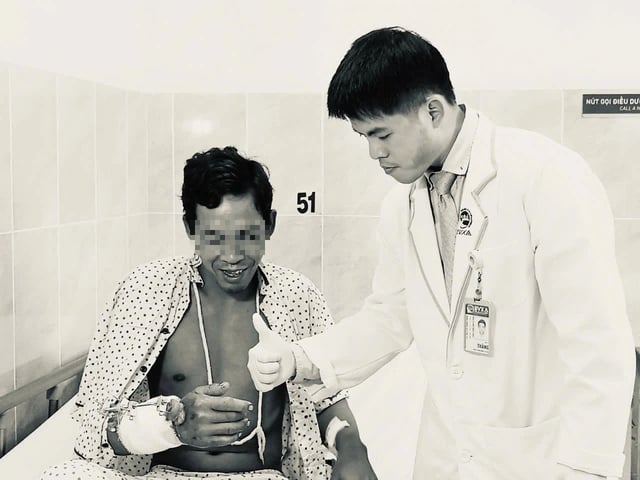
The patient recovered well after surgery and practiced light finger movements.
PHOTO: YV
Two days after the surgery, the patient was able to move his fingers slightly. Currently, the patient can move his fingers slightly and has feeling in his hand. Thus, the successful surgery has helped Mr. B. keep his hand intact, preserving his motor function as well as his quality of life in the future.
Currently, Mr. B. is continuing to receive wound care. It is expected that he will undergo surgery to fix the bone and then undergo physical therapy to restore his function.
Proper preservation of limbs in case of accident
Dr. Thang recommends that workers pay attention to complying with occupational safety at the workplace, especially in environments with industrial machinery. In case of an accident that results in a severed limb, the victim should call for support from those around them to quickly take them to a medical facility for emergency treatment.
At the same time, people around need to know how to properly preserve the limb. If the limb is completely severed, it should be wrapped in a damp towel or clean cloth, then put in a plastic bag and placed in an ice box to maintain the viability of the tissue. Absolutely do not let the limb come into direct contact with ice to avoid frostbite. At the same time, the victim needs to be taken to a specialized medical facility as soon as possible for timely treatment, because the golden time to reattach the limb is usually only about 6 hours.
Source: https://thanhnien.vn/noi-lai-cang-tay-cho-benh-nhan-bi-tai-nan-lao-dong-185251118115812161.htm








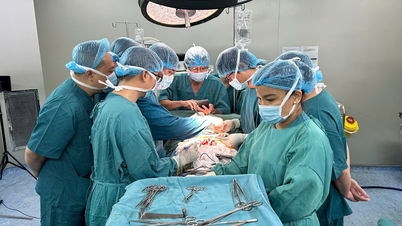



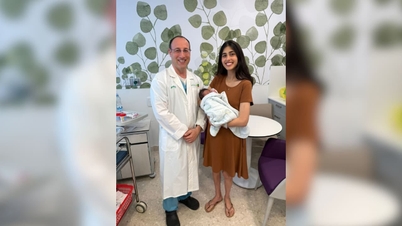






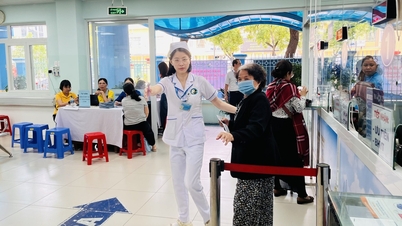



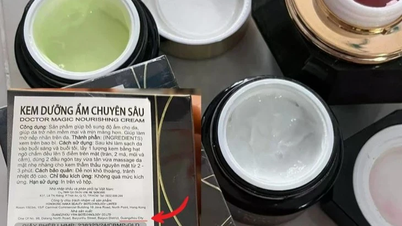


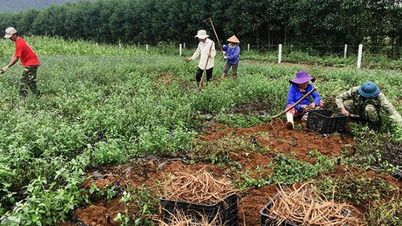




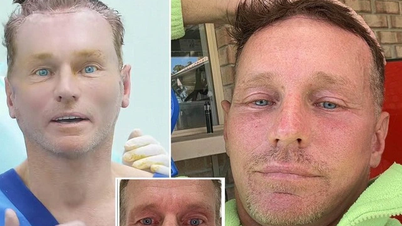






![[Photo] General Secretary To Lam and National Assembly Chairman Tran Thanh Man attend the 80th Anniversary of the Traditional Day of the Vietnamese Inspection Sector](https://vphoto.vietnam.vn/thumb/1200x675/vietnam/resource/IMAGE/2025/11/17/1763356362984_a2-bnd-7940-3561-jpg.webp)





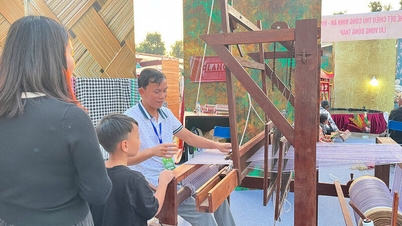


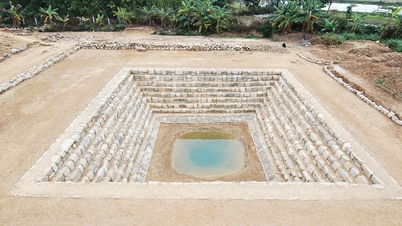

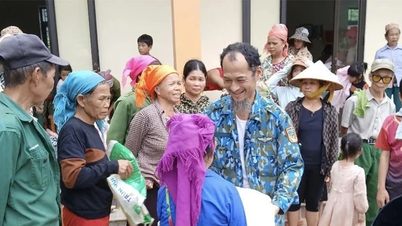



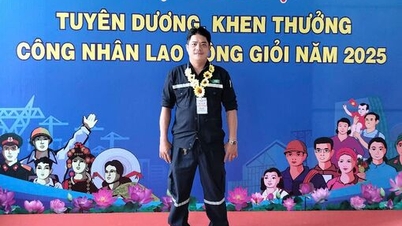





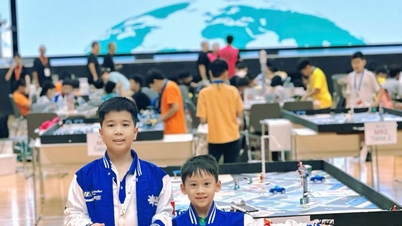


















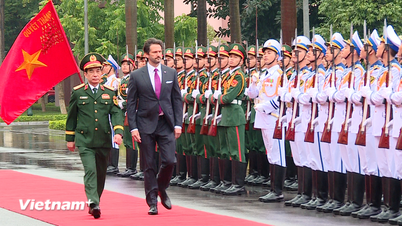












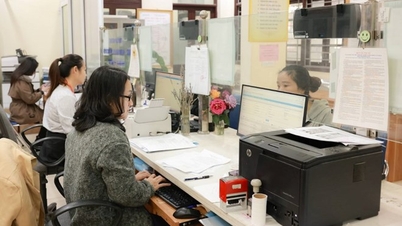






















Comment (0)